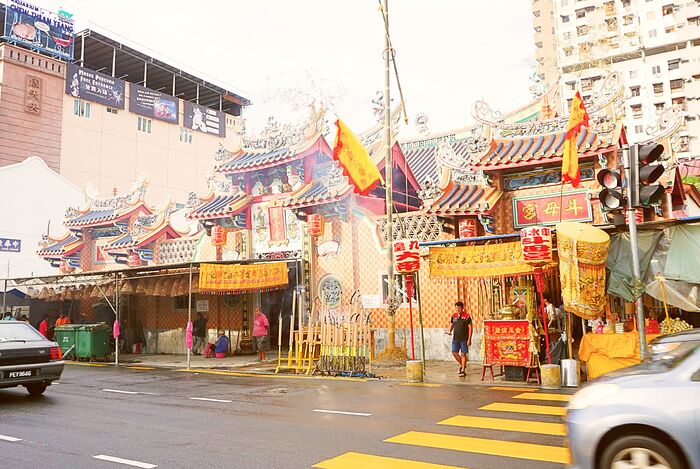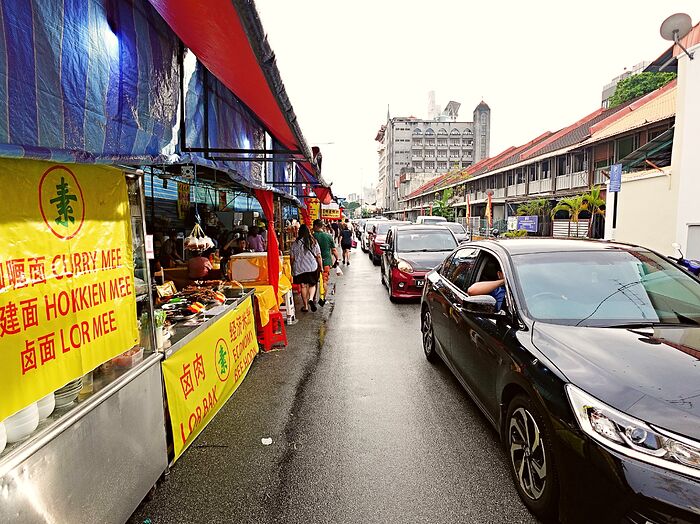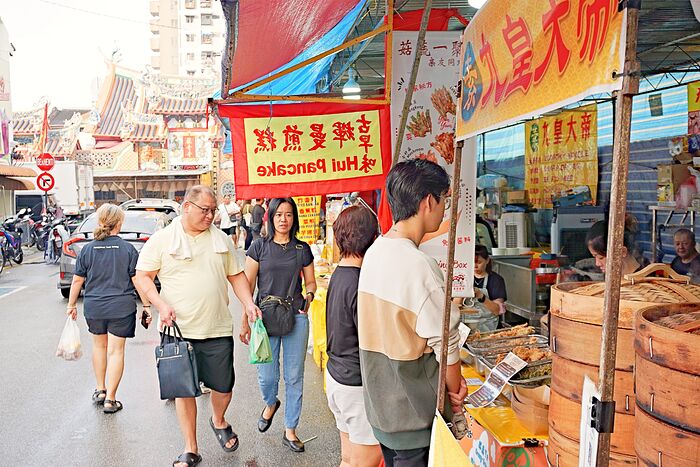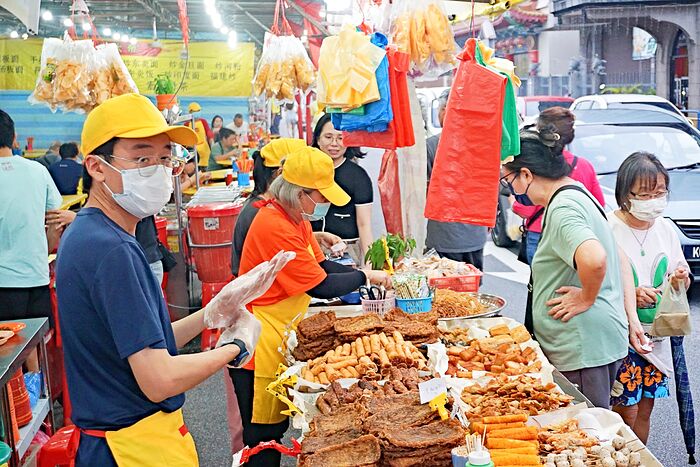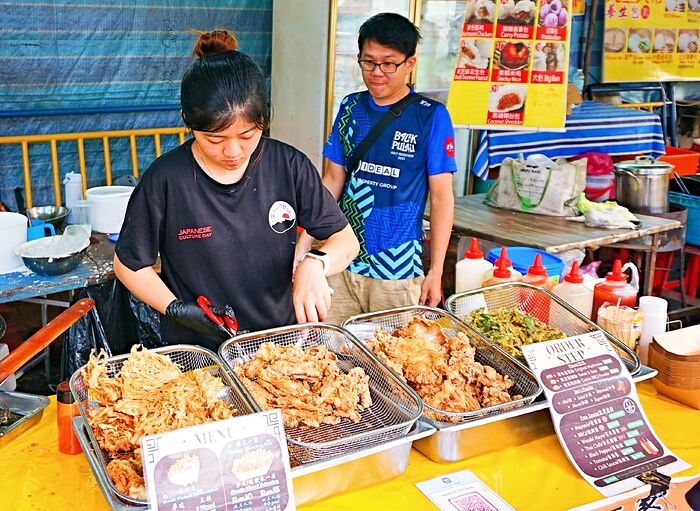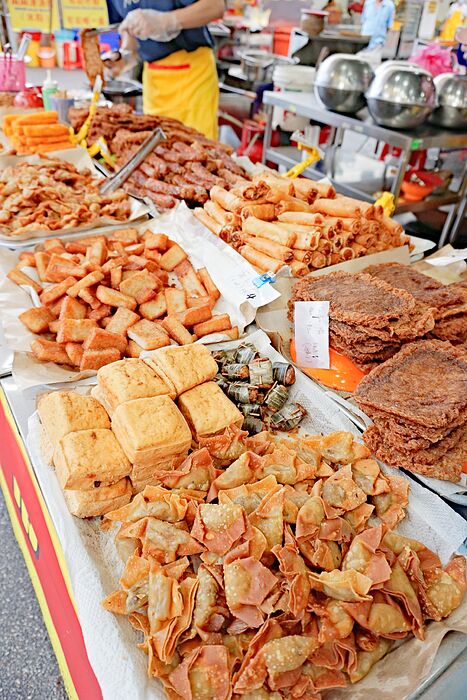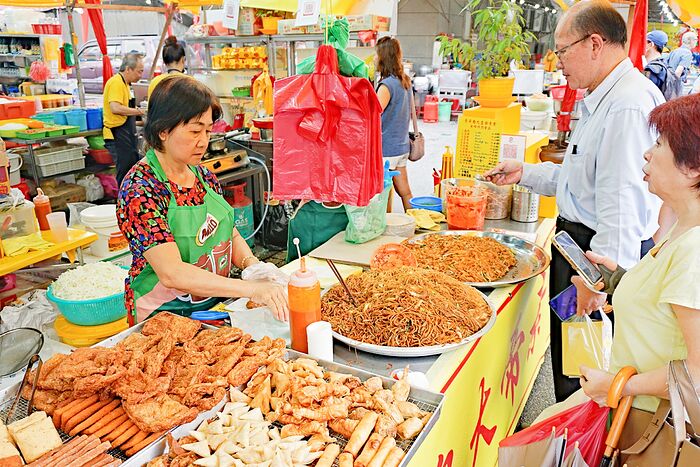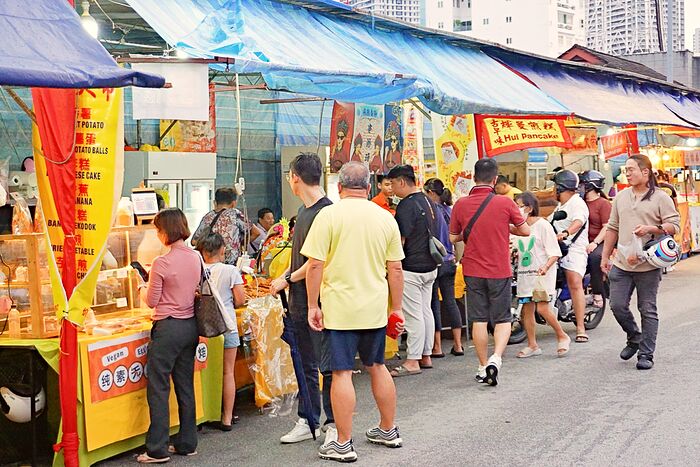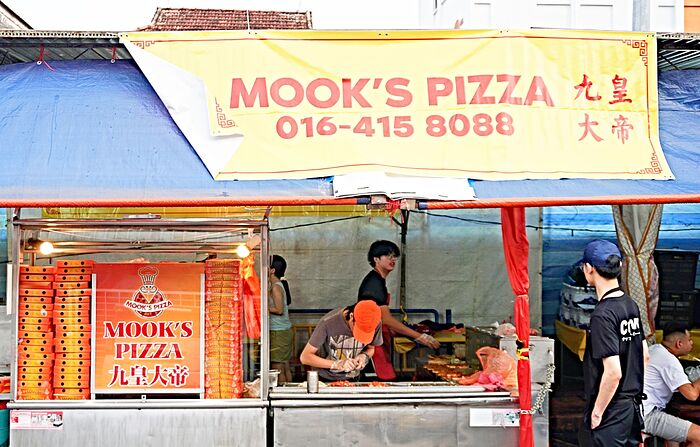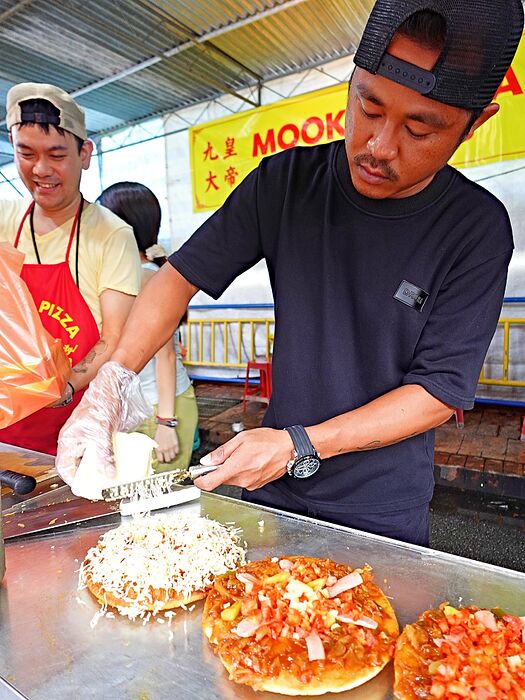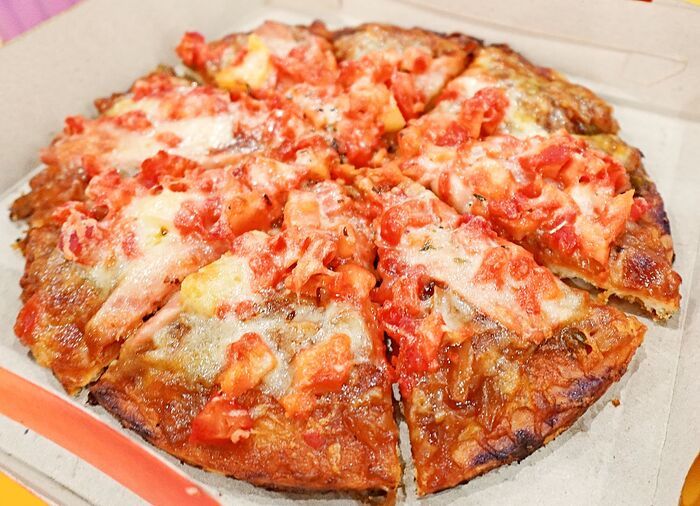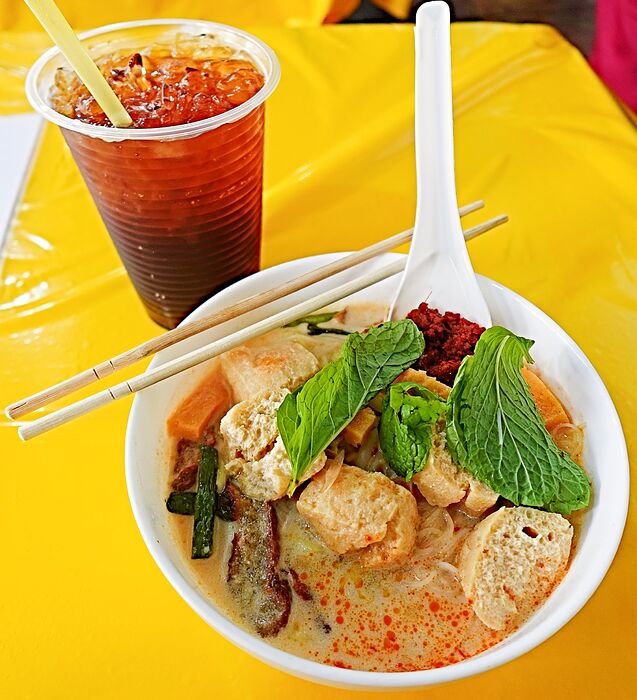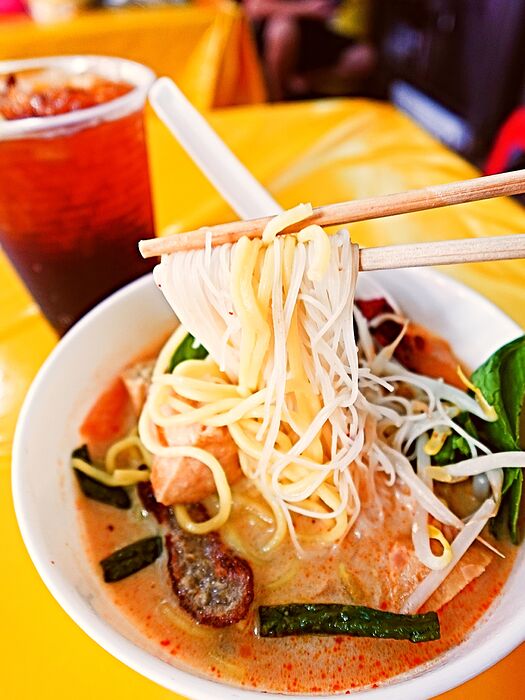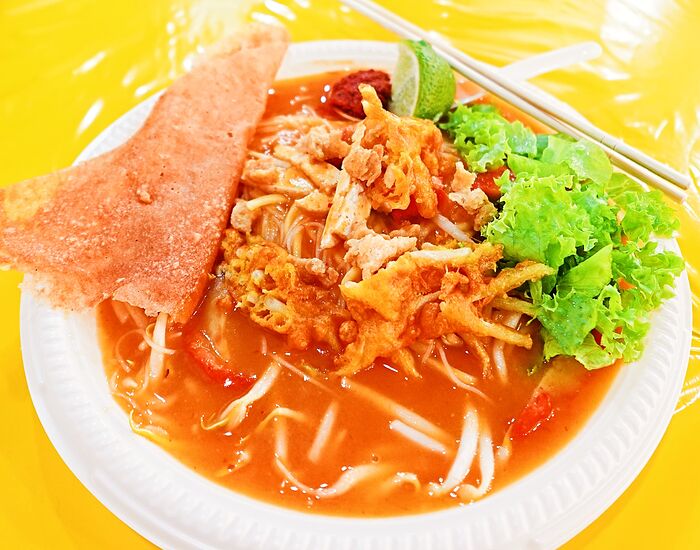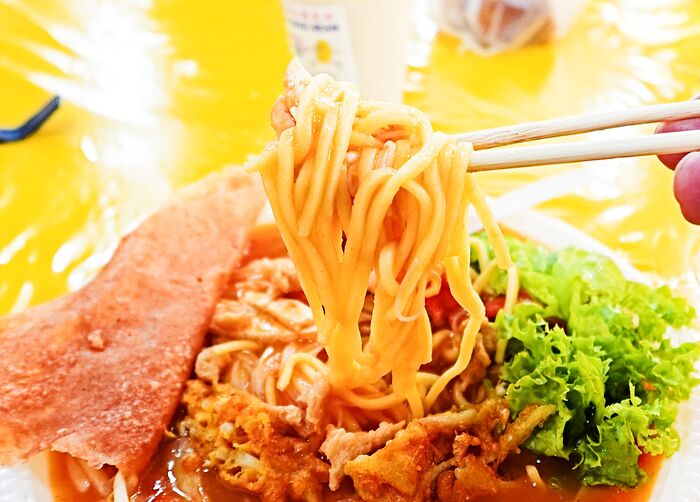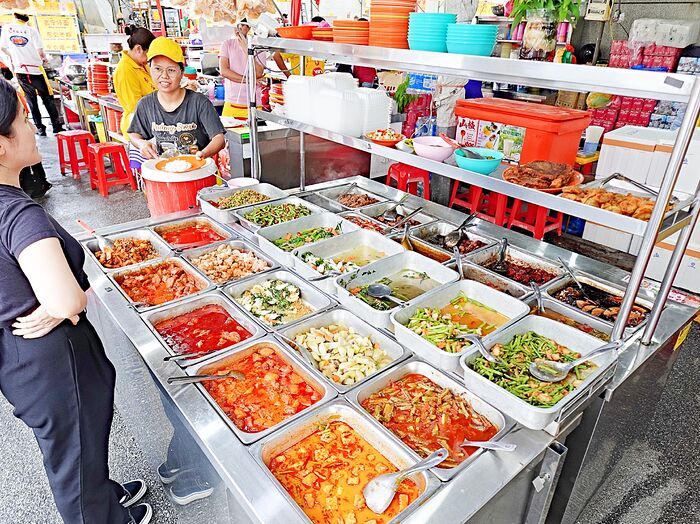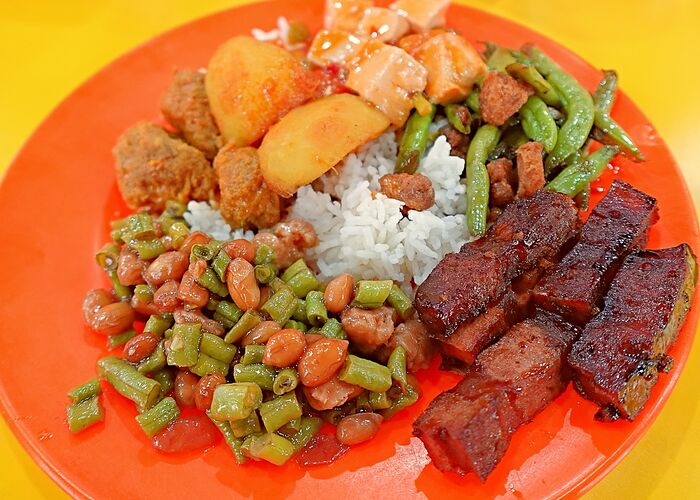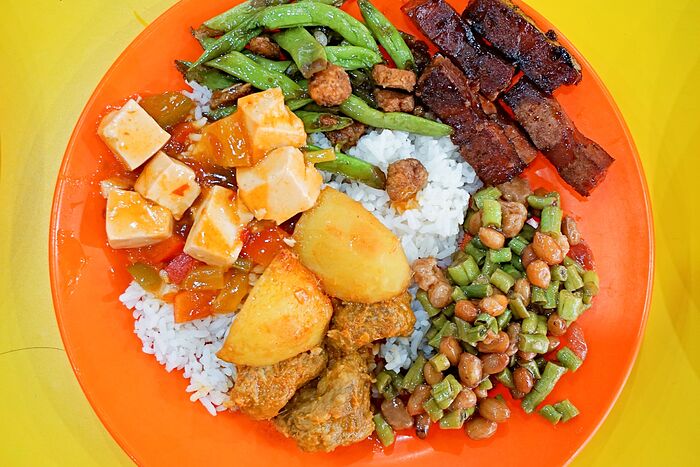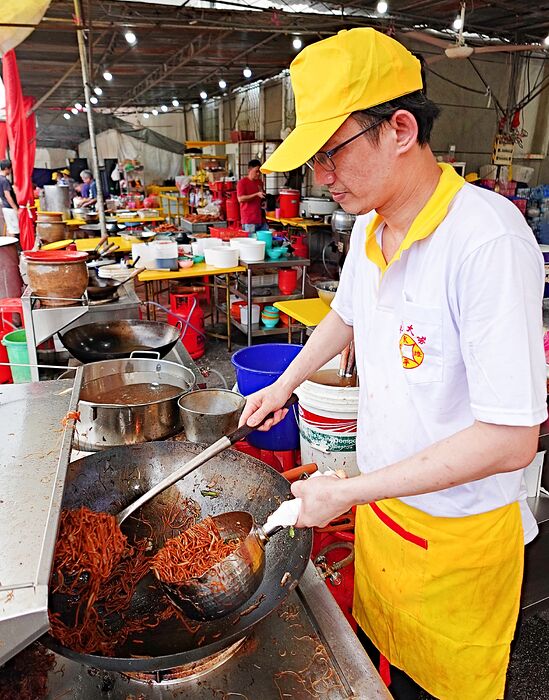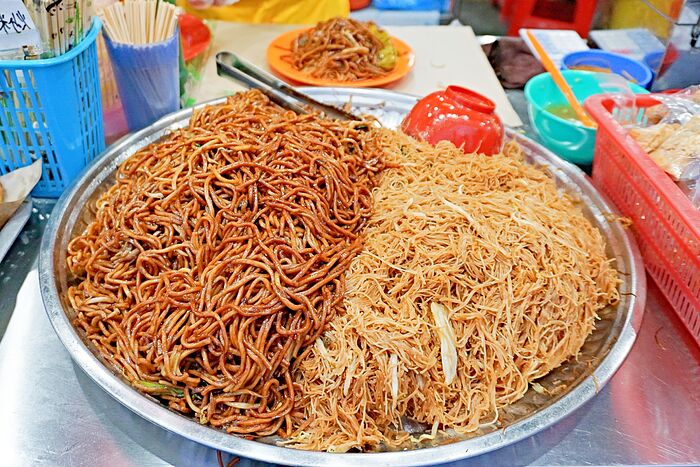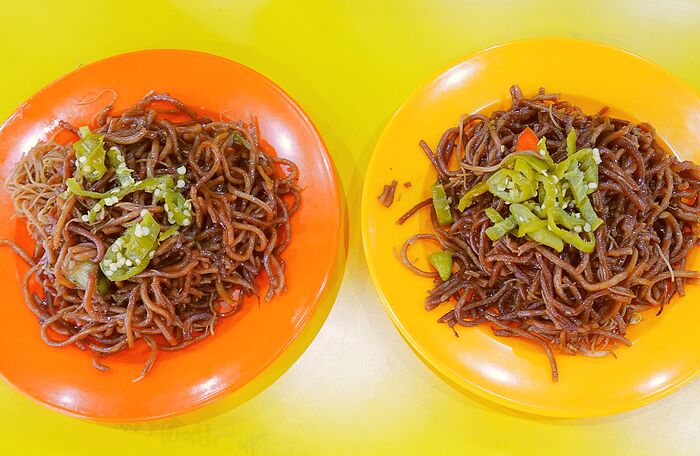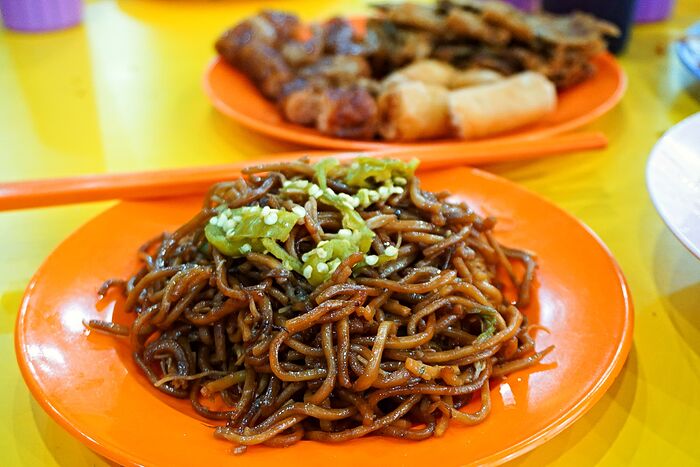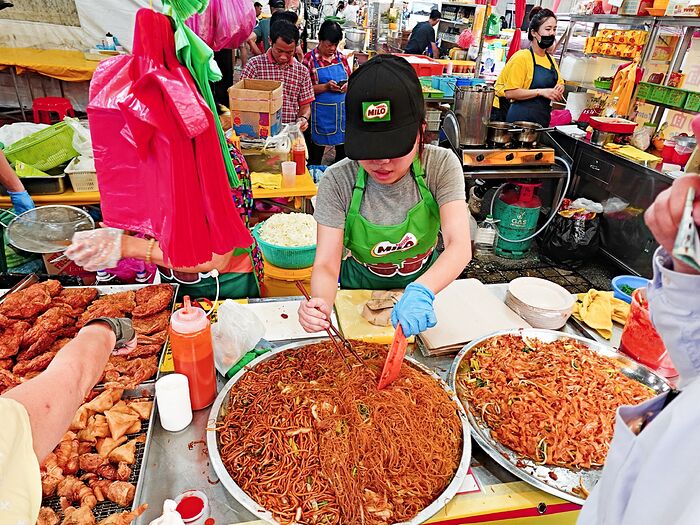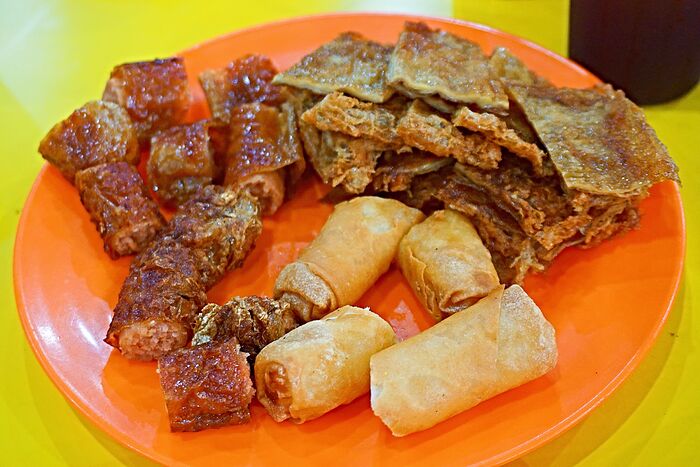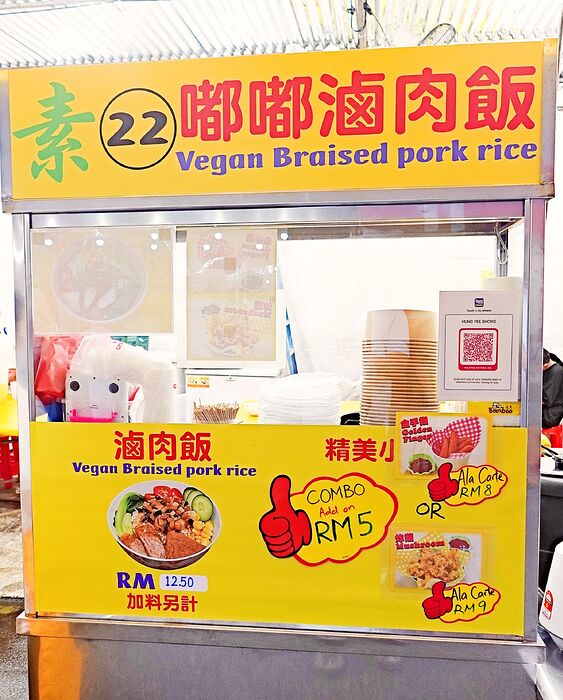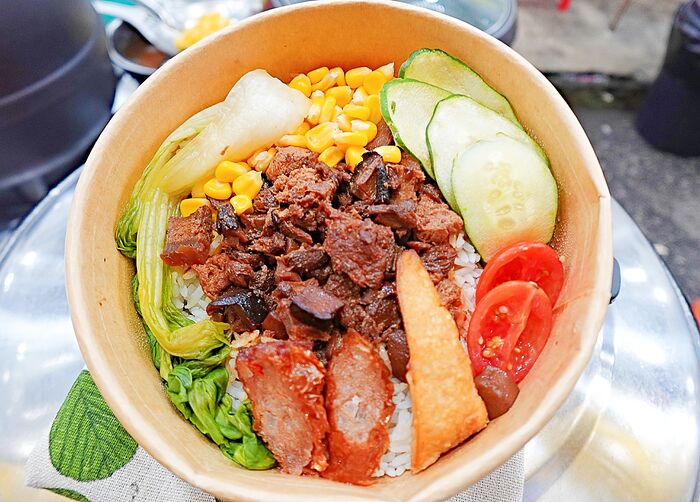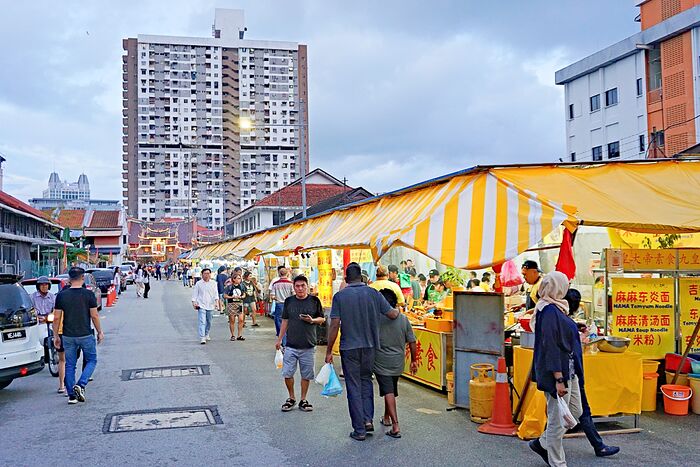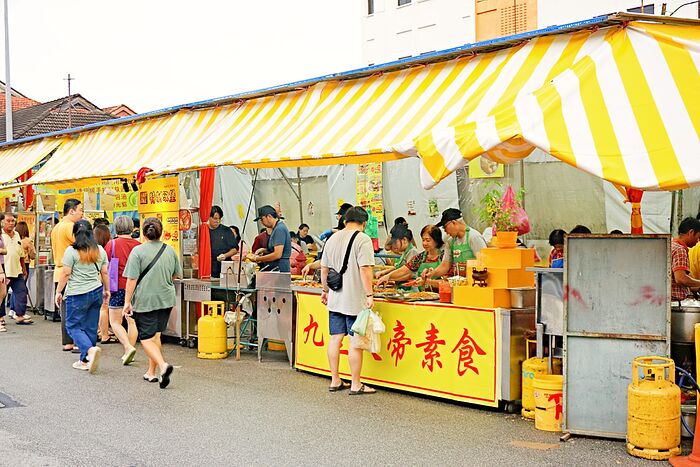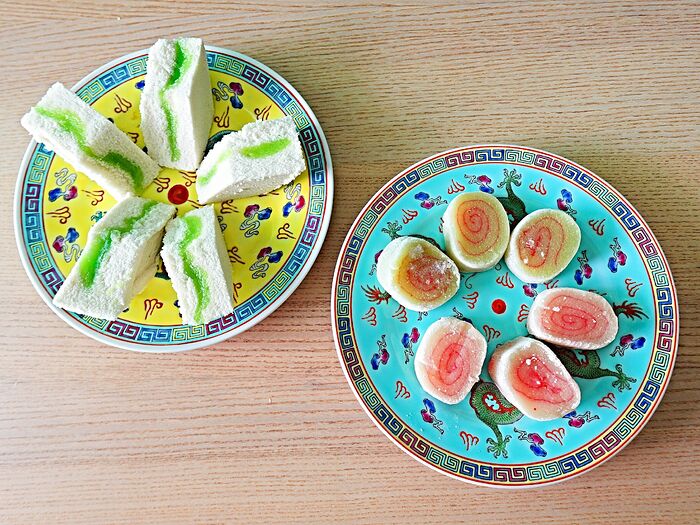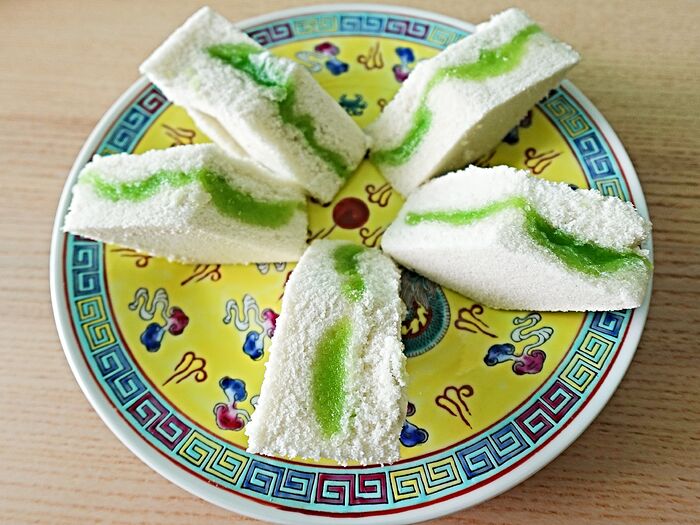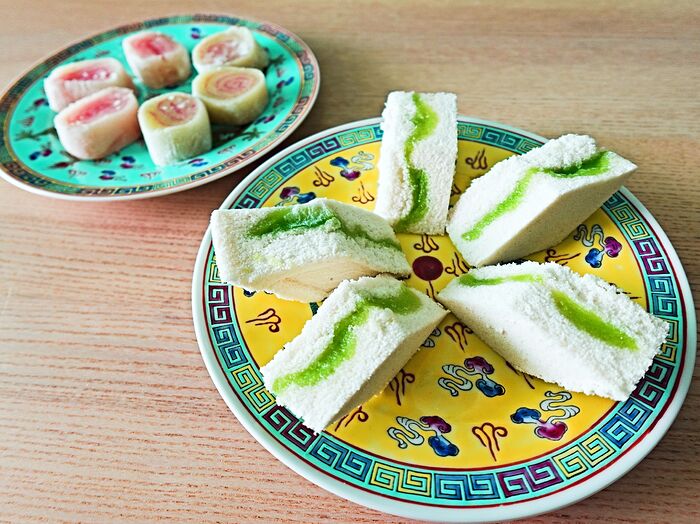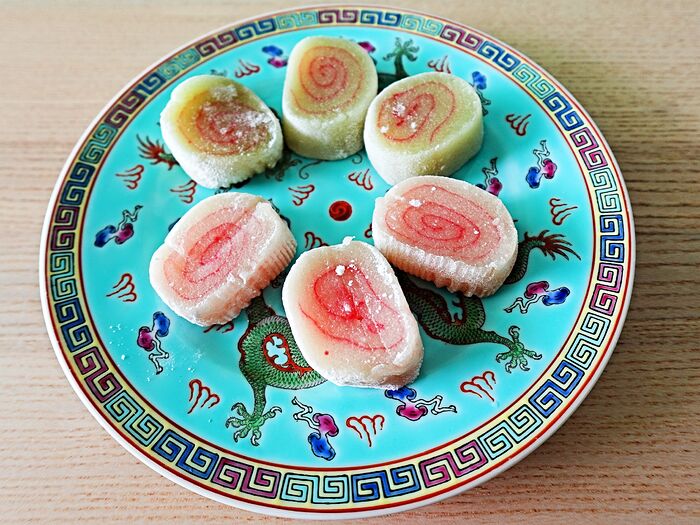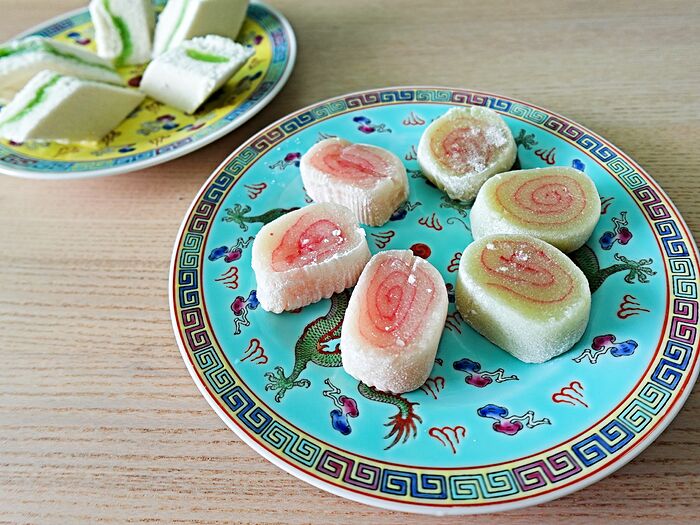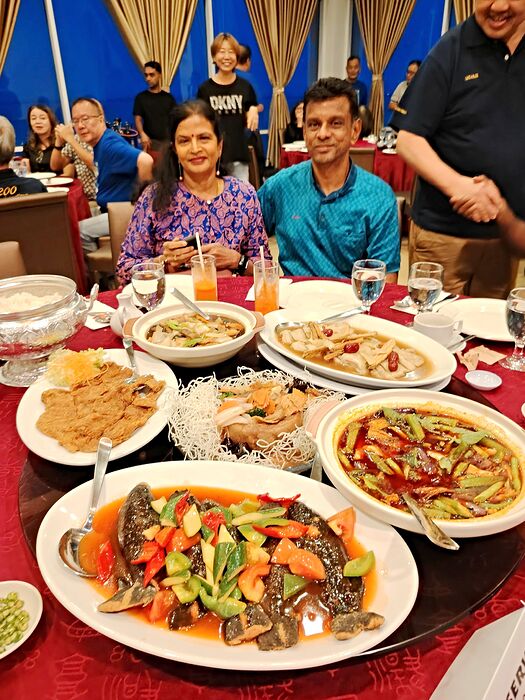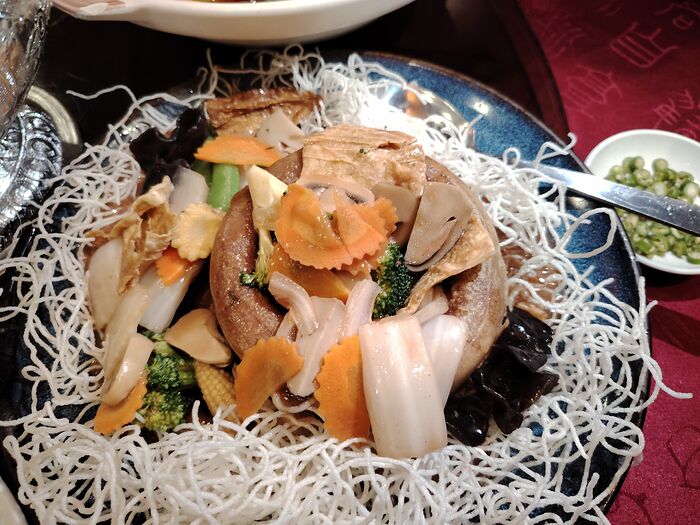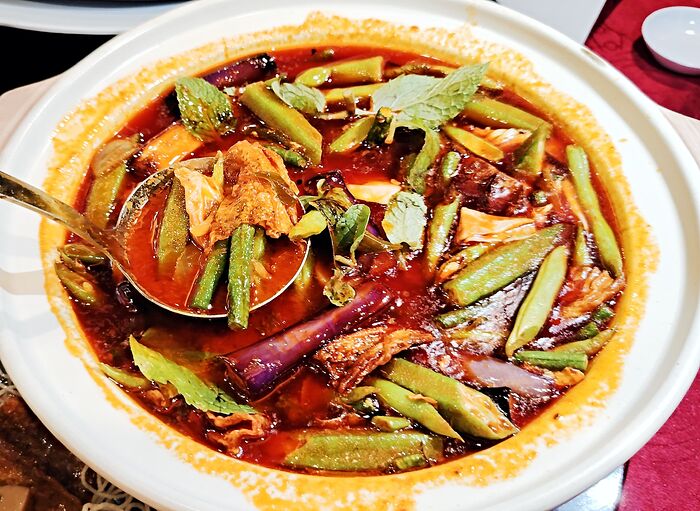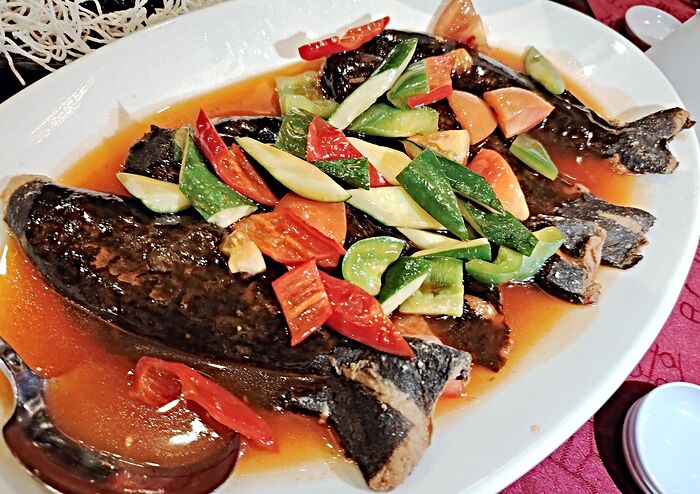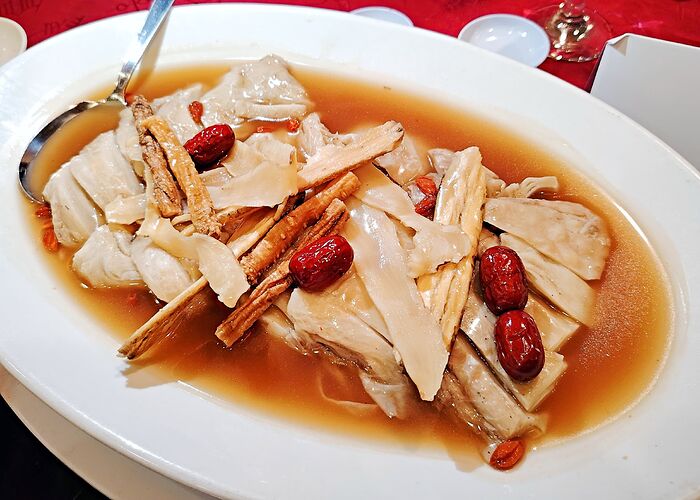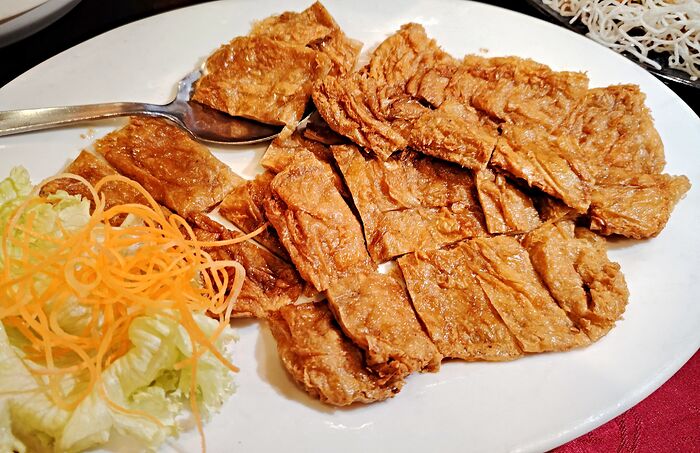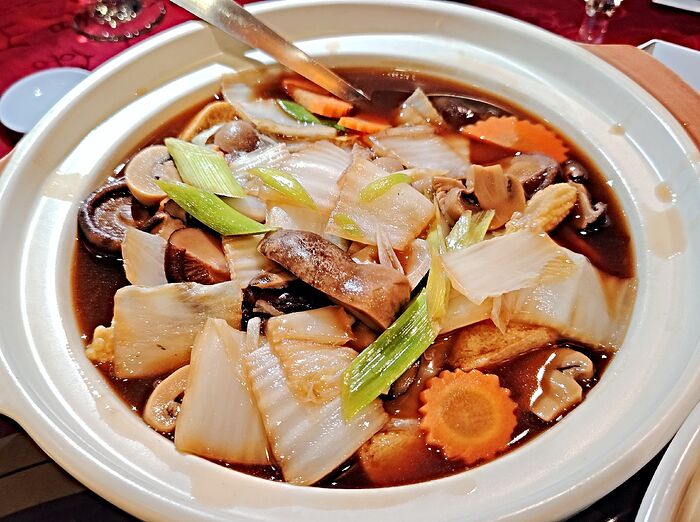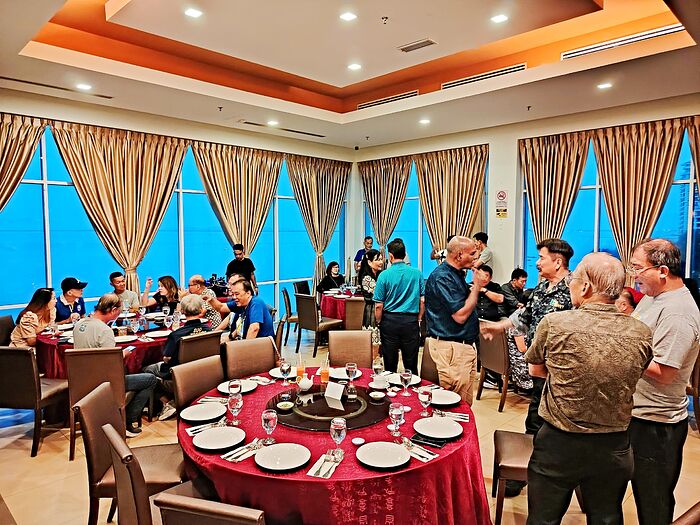The annual Nine Emperor Gods’ Festival, also known as the Vegetarian Festival, is upon us again.
This 9-day festival, which falls on 21-29 Oct this year, is of Fujianese origin, but first popularised in South-east Asia in Phuket, Thailand, in the 19th-century. Although, historically, Phuket gets its Chinese folk religious practices from Penang since back in the 19th-century, it’s the other way round for the Nine Emperor Gods’ Festival - Penang adopted this festival from Phuket. In Thailand itself, the festival is also celebrated in Bangkok and Chiangmai, but is most spectacular in Phuket, with lavish street processions and an explosion of pop-up vegetarian food stalls.
In Malaysia, large-scale celebrations are held in Taoist temples, and many local Taoists go on a 9-day vegetarian diet, abstaining from all meat products.
We went down to the Kuan Yin See (Goddess of Mercy) Taoist temple on the junction of Burmah Road and Madras Lane last night, on the first day of the festival, to suss out the vegetarian food options lining Madras Lane.
Most of these vegetarian purveyors are full-time street food vendors or restaurateurs who return here with their pop-up stalls for the length of the festival each year, whilst shutting down their regular stalls/eateries.
We were really spoilt for choice - the variety of 100% plant-based incarnations of Penang street food available there was jaw-dropping.
- Vegetarian pizzas
One of the first places I went for is Mook’s Pizza, my go-to spot for vegetarian pizzas during each year’s festival. Run by Michelin Bib Gourmand-listed Moh Teng Pheow, its pizzas are topped with soy-based products which simulate pepperoni, chicken and other meats. Strange, but consistent with Taoist Chinese vegetarians who follow the strict no-meat diet out of religious conviction, and hence wanted their all-vegetarian dishes to have imitation meats of all sorts.
- Penang-style curry mee. Penang-style noodles in a light spicy broth is one of my all-time fave Penang street food of all time. One of my fave spots is Michelin Bib Gourmand-listed Hot Bowl White Curry Mee, located a scant 5-minutes’ walk from Madras Lane. The vegetarian version here, which I had been coming to for each Vegetarian Festival for the last 8 years, serves a kick-ass version which tasted every bit as good as the original seafood-based version. Of course, no shrimps and pig’s blood pudding - very much missed - but still a delectable rendition which I’ll return for anytime.
The version here has the requisite combination of yellow Hokkien wheat noodles, thin rice vermicelli (“bee hoon”), beansprouts, long beans, tofu puffs, imitation char siu, and imitation cuttle fish strips. The soupy broth, enriched with coconut milk, and spicy-hot from a fiery chili paste, was full flavored and intoxicatingly addictive.
- Mee Jawa. This is a very popular Penang street food of Javanese origins, but which has been embraced by the Chinese majority populace here, and has evolved through the last one century or so, to become less spicy and slightly sweeter to suit the Chinese palate. Also, since South Indians/ Tamils took over from the Javanese as the main purveyors of this street food in the past 100 years, South Indian-style vegetarian fritters (somewhat similar to pakoras) have been incorporated into the dish, whilst Chinese lettuce, a squeeze of lime and a dollop of chili paste (both reflecting the Siamese influence on traditional Penang diet) gives the dish its signature characteristic.
The version here: yellow Hokkien noodles and rice vermicelli, smothered in a very tasty sweet-sour pumpkin-based gravy, garnished with fritters, crisps, Chinese lettuce and a paraphernalia of soybean-based products, is simply the best-tasting dish I’d tasted here this year.
- Rice with vegetarian sides. - one of the most popular options from the rice-loving Hokkiens/Fujianese who make up 90% of the people here. One gets a plate of steamed which rice from a server, then selects one’s choice of side-dishes from a large serving counter here, buffet-style. One then goes to the cashier to get one’s plate dinner tallied. Choices are eye-popping.
My selection, clockwise from top-left: curried “chicken”-and-potato, Mapo tofu, stir-fried long beans with golden-fried tofu, soy-braised “pork belly”, and braised, chopped French beans with groundnuts.
- Economy beehoon mee. This spartan dish is a classic Hokkien/Fujianese noodle stir-fry, which also happens to be the most popular breakfast food item in Singapore and parts of urban Malaysia with large Chinese-Hokkien populace - Hokkien wheat noodles and rice vermicelli, both stir-fried separately in vegetable oil and seasoned with light- and dark-soy sauces, and not much else. One usually orders a combination of the two types of noodles, hence the name: “beehoon” refers to the white, thin rice vermicelli, whilst “mee” refers to the thick, moist yellow Hokkien wheat noodle.
A garnish of pickled green chilis is a must, to cut through the heaviness of the plain noodles.
Fun fact: the economy beehoon mee is also known as American beehoon in Penang. Strange slang word for the dish, and many Gen-X, Gen-Y, and Gen-Z Penangites do not know how the term came about. The origin of the term came about because American GIs in the Vietnam War, during their R&R in Penang in the 1960s & 70s, would only go for these noodles - which bore the closest resemblance to American-Chinese chow mein.
-
Lor bak. - I love the meat-based version of this street dish. Not the vegetarian version here, I’m afraid. The selection of deep-fried “meat-rolls”, spring rolls and “prawn” fritters leave a lot to be desired.
-
Braised pork rice. - this is the vegetarian version of the popular light-spiced, braised minced pork rice dish, very popular in Taiwan and Fujian. The vegetarian retains the aromatic Chinese 5-spice scent - star anise, cloves, cinnamon and other spices, in addition to the soy sauces used.
Well, that’s for Day One. We have another 8 days to explore the eats here in Madras Lane, or else go to other clusters of literally hundreds of vegetarian food places that have popped up all over Penang for these nine days.
